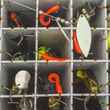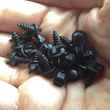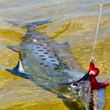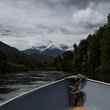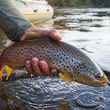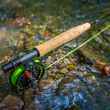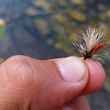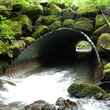In the process of teaching fly casting, certain faults of technique show up regularly among my students. In the notes I send to each student after a lesson, I find myself frequently reiterating certain basic principles. Here are a few of the most common. I hope they’ll stimulate you to think about your own casting.
5 fly casting tips
by John Juracek - Wednesday, Aug 1st, 2018



